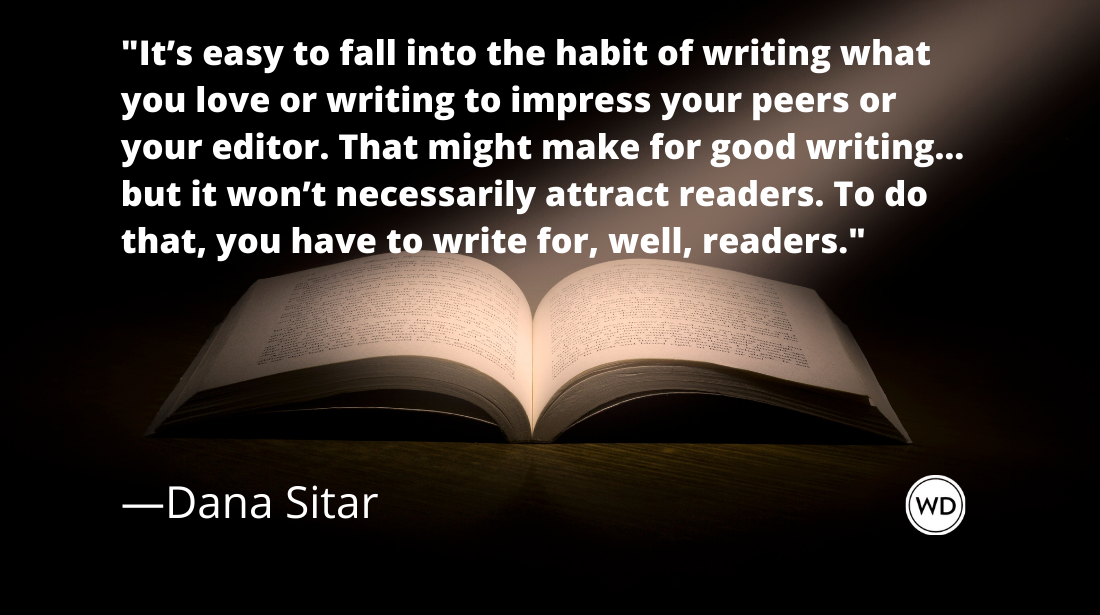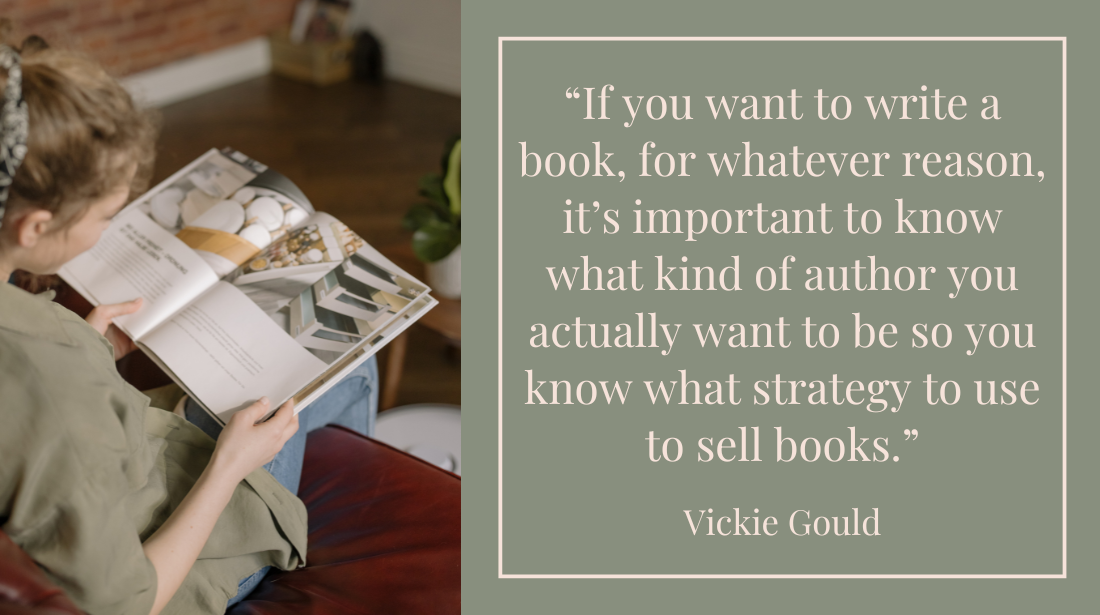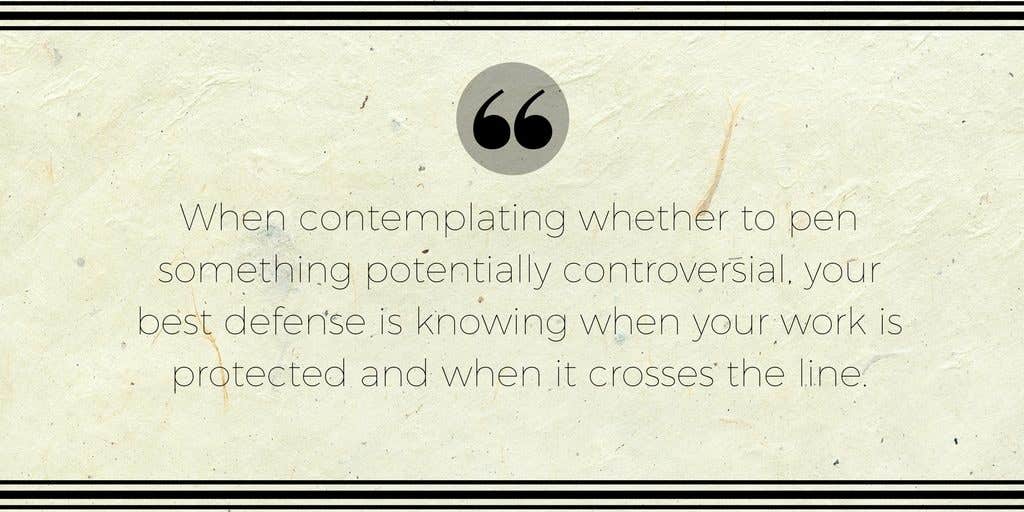Advice on Sending E-Queries
Considering the incredible rise in popularity of e-mail communication, it seems inevitable that one day expensive and time-consuming traditional queries will soon be replaced by the cheap and speedy e-query. For those of you wishing to liberate yourselves from the shackles of expensive paper and SASEs, here are a few tips on producing an e-query from business writer Jack Neff.
Imagine no stamps. No self-addressed stamped envelope or prepaid reply postcards. No crisp 25% rag-content ivory stock with your query, dutifully contained on a single page surrounded by one-inch margins.
E-mail has the potential of liberating freelance writers from these hallowed but time-consuming and expensive trappings. Though the majority of queries still arrive by mail, the electronic query will soon become the standard.
Consider that e-mail communications outnumbered first-class mail volume by nearly eight to one in 1998. That didn't even count commercial e-mail messages, which outnumbered first-class letters by nearly 70 to 1, according to Internet research firm eMarketer Inc.
But just as e-mail has done nothing to elevate the art of direct-to-consumer advertising, neither has it made queries any better. If anything, bad electronic queries are even more annoying than bad paper queries. Know how aggravating a large pile of spam can be in your own e-mailbox? Then you know how editors feel about inappropriate queries.
When to E-Query
Don't submit an e-query unless you know it's welcome. Listings in Writer's Market or Writer's Digest that include e-mail addresses indicate whether electronic queries are accepted. If you can't find an e-mail address, call the publication to check.
It's relatively easy to ferret out e-mail addresses through Internet search engines or simply through guesswork. But don't send an e-query to the editor's personal e-mail address unless expressly directed to do so. Many publications maintain separate e-mail addresses for queries, and you'll only antagonize the editor by invading his or her personal e-mail box.
Even if a publication doesn't accept e-queries, you can use the Internet to learn more about it. Hundreds of publications post guidelines on their Web sites. Writer's Market listings include these sites. Alternatively, you can find some publications' sites simply by guesswork (typing "www.publicationname.com.") or by using a search engine.
Consider the Web site for one of the hottest new magazines of recent years, Fast Company (www.fastcompany.com). The site includes writer's guidelines, a special e-mail address for queries, and all of the magazine's content from the first issue on—listed by and indexed through a search engine. You can read recent issues to see what articles the magazine runs and how it handles topics. And you can do a search to make sure it hasn't recently run an article on your subject. The editors also take advantage of e-mail to confirm receipt of your query and report back on it quickly.
What an E-Query Should Contain
Include the same information you would in a paper query, including your name, address, phone and fax numbers, etc. The top right corner or top center position is fine for this, in keeping with the paper tradition.
One difference between e-mail and regular mail is the opportunity afforded by the subject line. This gives you an extra selling line, and can be a good place for the proposed title of your article.
Don't, however, be tempted to turbocharge your subject line by using ALL CAPS or exclamation points. These are the marks of spam, and they're most likely to either get you off on the wrong foot or get your query deleted with the rest of the junk mail.
Otherwise, follow the same format you would with a paper query, including the date, salutation and signature. It's all right to simply type your name in the signature line, though, if you're comfortable enough with your word-processing program to create an electronic signature to drop into your correspondence, you can use this, too.
The formlessness of e-mail allows you to go beyond the traditional one-page query. But don't get verbose. You still need to make your points quickly. And your points still need to include: 1) Why this topic will interest readers; 2) Why you're the best person to write about it; 3) How you'll develop the article; 4) When you'll be able to deliver it and with what kind of artwork or photography.
As with paper queries, use block paragraph format and close by politely requesting a response. (See the sample e-query.)
Response times tend to be faster with e-queries than with paper ones, because it's easier to respond. Some publications will acknowledge receipt of your query within as little as a day. If you haven't heard back within a month, you should feel free to make a politely-worded inquiry as to whether your query was received, and include a copy in case it wasn't.
If you get rejected or an editor asks seemingly inane questions, avoid the temptation to respond in anger or sarcasm. Write a draft, then wait a day or so before sending your response. Realistically, the best response to a rejection is no response at all.
What About Clips?
A big challenge with e-queries is how to include samples of your work. When you send an e-query, you can provide clips five ways. I've found no generally accepted standards yet for which is best, but the pros and cons of each method are described below:
1) Tell the editor that clips are available on request. Then, you can mail, fax or e-mail them. This is a convenient solution for the writer, but not necessarily for the editor. The clips aren't available immediately, so you potentially slow the decision process and lose any speed you've gained by e-mailing the query in the first place.
2) Include electronic versions of the clips in the body of e-mail. This can make for an awfully long e-mail, and doesn't look as presentable as other alternatives. But it may be better than making editors wait to download attachments or Web sites.
3) Include the articles as attachments. The disadvantage here is that the editor may have to spend time downloading the clips, which can take several minutes in some cases. Also, if there's a format disparity, the editor may not be able to read the attachment. The safest bet is to attach the documents as text files, which should be readable with any word-processing software, although you'll lose formatting. Attachments work best if both you and the editor are using a good e-mail program, such as Outlook Express. If one or both of you is using America Online, the chance of your attachments surviving in readable form becomes much slimmer. Further, keep in mind some publishers don't open attachments from unknown sources because they're concerned about viruses.
4) E-mail the clips as separate messages. This can cut the download time and eliminate software-related glitches. But it does clutter the editor's e-mail queue.
5) Set up a personal Web page and include links to your clips ("www.mydomain.com/myclips"). Setting up and maintaining the page takes a considerable amount of extra effort, but this may be the most convenient and reliable way for editors to access your clips electronically. Most Internet service providers provide personal Web page services that should be sufficient, but you'll have to learn how to set up your own page. Don't bother with high-graphic bells and whistles. Editors who click on your clips don't want to wait for the graphics to download.
Another alternative may be to provide hypertext links to your clips as they appear on other publication Web sites. But this isn't always possible and can slow down the process by requiring the editor to connect with and load several Web sites. Only use this option if you can provide a URL that will take the editor directly to your work. It's unreasonable to expect an editor to browse through an entire Web site to find your clip.
Business Is Business
Above all, remember that electronic queries are just professional communications by other means. The stream-of-consciousness rambling and random abbreviations that mark personal e-mails won't fly here. Save the informal banter for after you've developed a good relationship with the editor.
Jack Neff is a freelance business writer and a co-author of the Writer's Digest Guide to Formatting and Submitting Your Manuscript.








